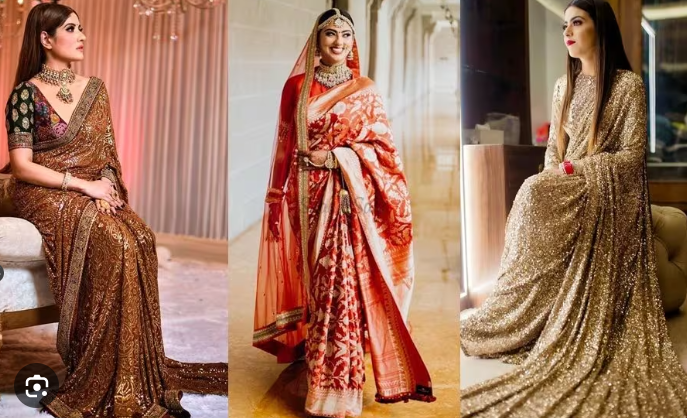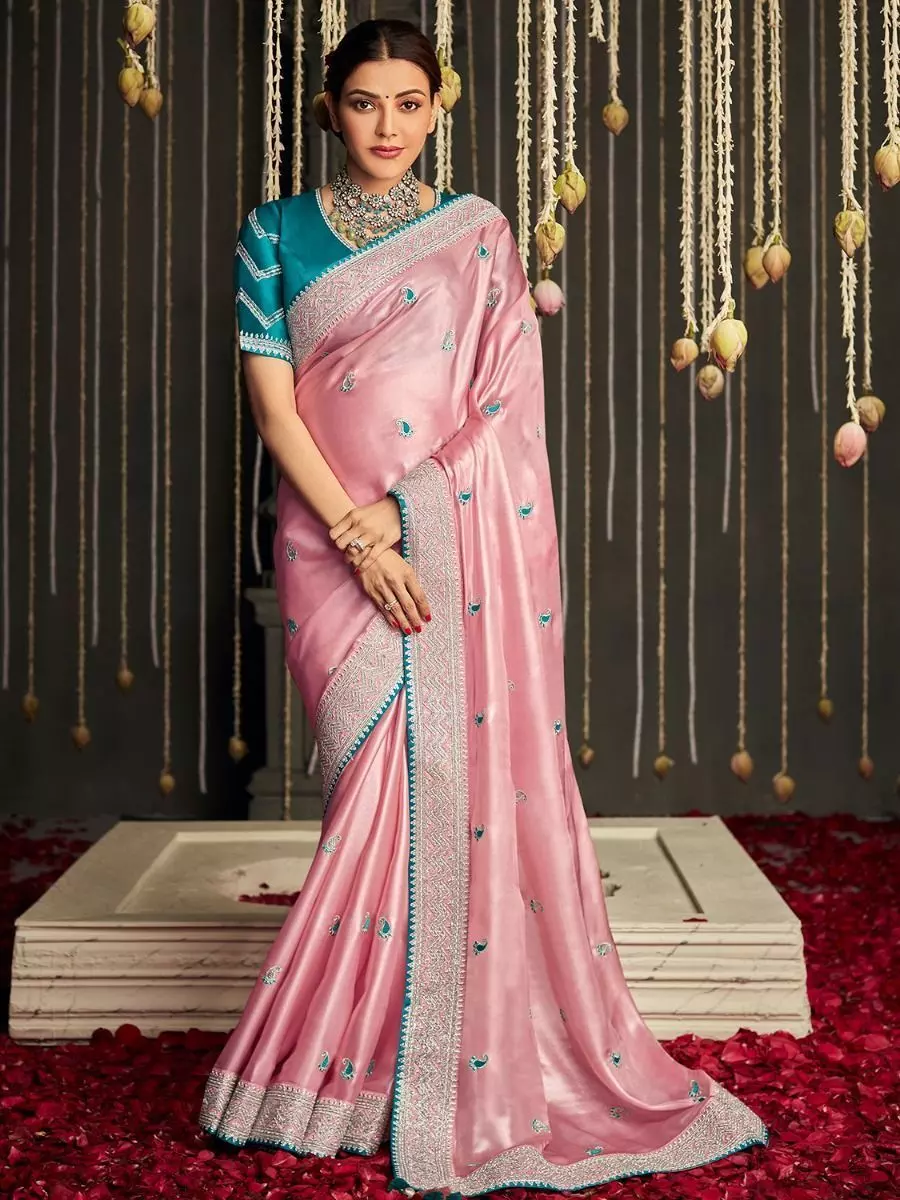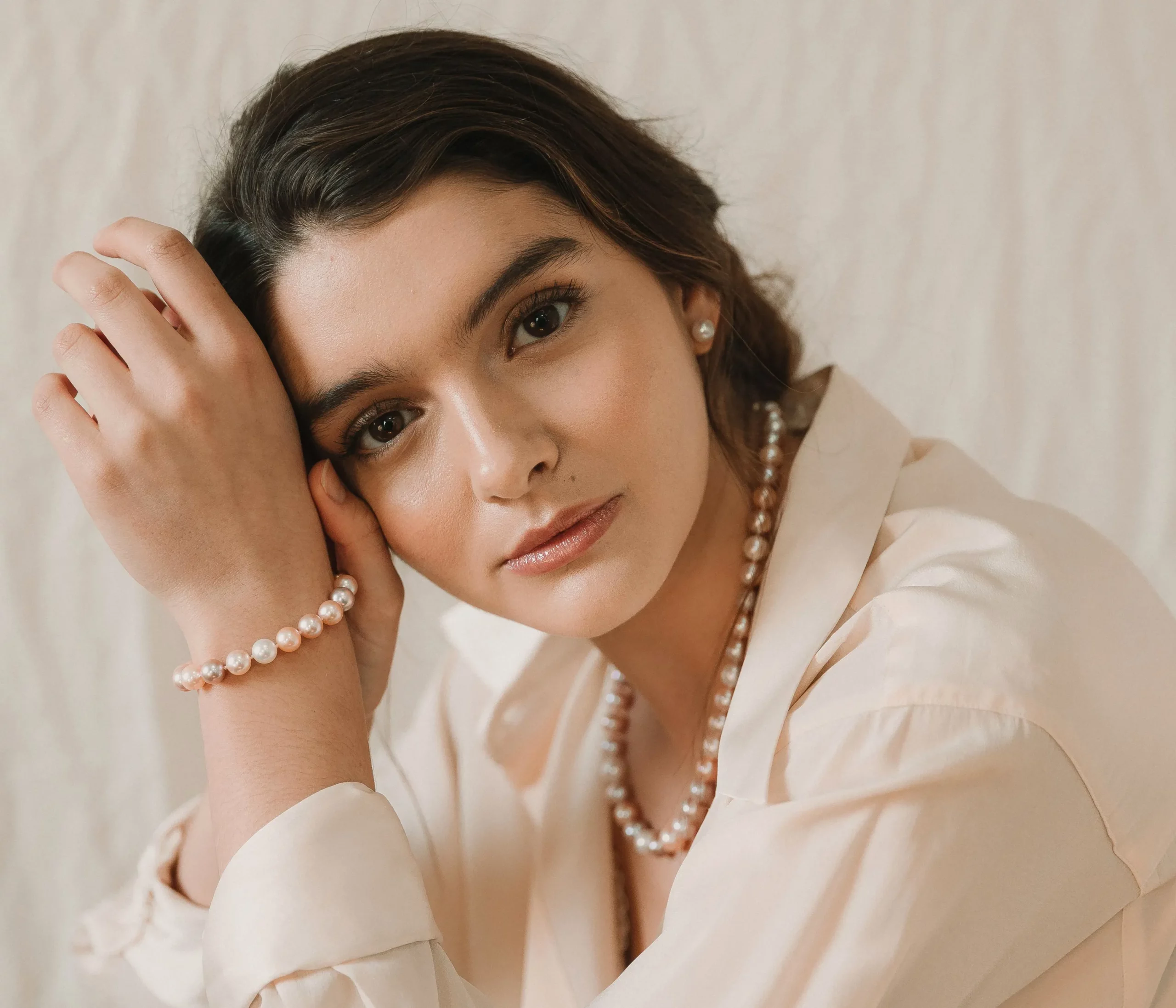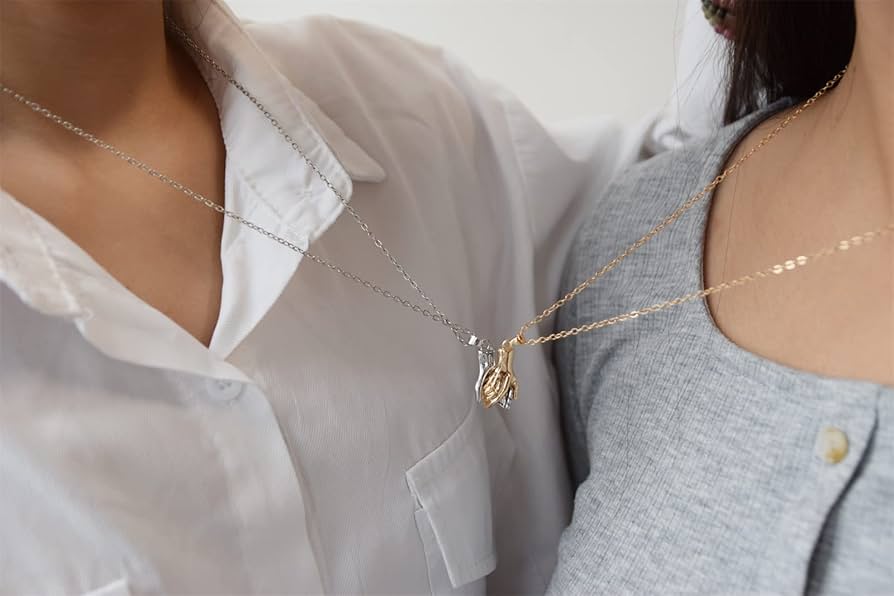The saree, a traditional Indian garment, is not just a piece of clothing; it’s a canvas of art, culture, and heritage. India boasts an incredible diversity of sarees, each with its unique weaving techniques, fabric, and design, reflecting the cultural tapestry of the regions they originate from. In this article, we embark on a journey to explore the rich array of types of sarees found across the country.
1. Banarasi Saree:
Originating from the city of Varanasi (Banaras), Banarasi sarees are renowned for their opulence and intricate weaving. Made from fine silk, these sarees often feature heavy gold or silver zari work, brocade patterns, and elaborate pallus. Banarasi sarees are a symbol of luxury and are often chosen for weddings and festive occasions.
2. Kanjeevaram Saree:
Hailing from the temple town of Kanchipuram in Tamil Nadu, Kanjeevaram sarees are celebrated for their rich silk fabric and vibrant, contrasting borders. Known for their durability and lustrous texture, Kanjeevaram sarees are often adorned with traditional motifs like peacocks and temple designs.
3. Bandhani Saree:
Originating from the western states of Gujarat and Rajasthan, Bandhani sarees are known for their tie-and-dye technique. Intricate patterns are created by tying small portions of the fabric before dyeing, resulting in vibrant and eye-catching designs. Bandhani sarees are popular during festivals and weddings.
4. Chikankari Saree:
Hailing from the city of Lucknow in Uttar Pradesh, Chikankari sarees are renowned for their delicate hand-embroidery. The intricate white thread work on lightweight fabrics like muslin or georgette creates an elegant and timeless appeal. Chikankari sarees are often chosen for daytime events and casual wear.
5. Patola Saree:
Originating from Gujarat, Patola sarees are a testament to the skill of double ikat weaving. These sarees are known for their vibrant colors and intricate geometric patterns that are woven into the fabric. Patola sarees are often considered auspicious and are worn during special occasions and ceremonies.
6. Baluchari Saree:
Hailing from the town of Baluchar in West Bengal, Baluchari sarees are characterized by their intricate, narrative-inspired silk brocade work. These sarees often depict scenes from Indian mythology and epics. Baluchari sarees are chosen for traditional events and ceremonies.
7. Paithani Saree:
Originating from Paithan in Maharashtra, Paithani sarees are known for their vibrant colors, fine silk, and peacock or flower motifs on the pallu. These sarees often have a distinctive square-shaped border, known as zari border, which adds to their regal appearance. Paithani sarees are popular choices for weddings and festivals.
8. Kota Doria Saree:
Hailing from the town of Kota in Rajasthan, Kota Doria sarees are lightweight and known for their distinctive checkered pattern. Made from a blend of cotton and silk, these sarees are comfortable and often feature delicate zari or thread work. Kota Doria sarees are preferred for casual and formal occasions.
9. Tant Saree:
Originating from West Bengal, Tant sarees are lightweight, handwoven cotton sarees known for their comfort and vibrant colors. These sarees often feature simple striped or checkered patterns and are popular choices for everyday wear, especially during summers.
10. Jamdani Saree:
Hailing from Dhaka in Bangladesh and West Bengal, Jamdani sarees are characterized by their fine muslin fabric and intricate geometric or floral patterns. Known for their sheer texture and artistic craftsmanship, Jamdani sarees are chosen for special occasions and cultural events.
Conclusion:
The vast array of types of sarees in India reflects the country’s rich cultural diversity and craftsmanship. Each saree is a testament to the skilled artisans who have passed down their craft through generations, creating garments that are not just clothing but intricate pieces of art. As the threads of tradition and innovation continue to weave through the fabric of Indian fashion, these sarees remain timeless symbols of beauty and heritage.




